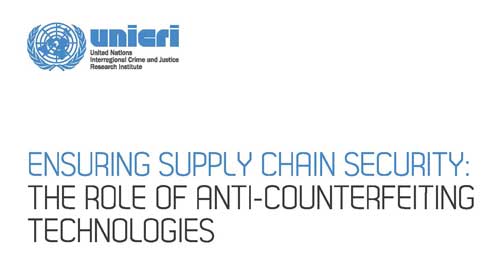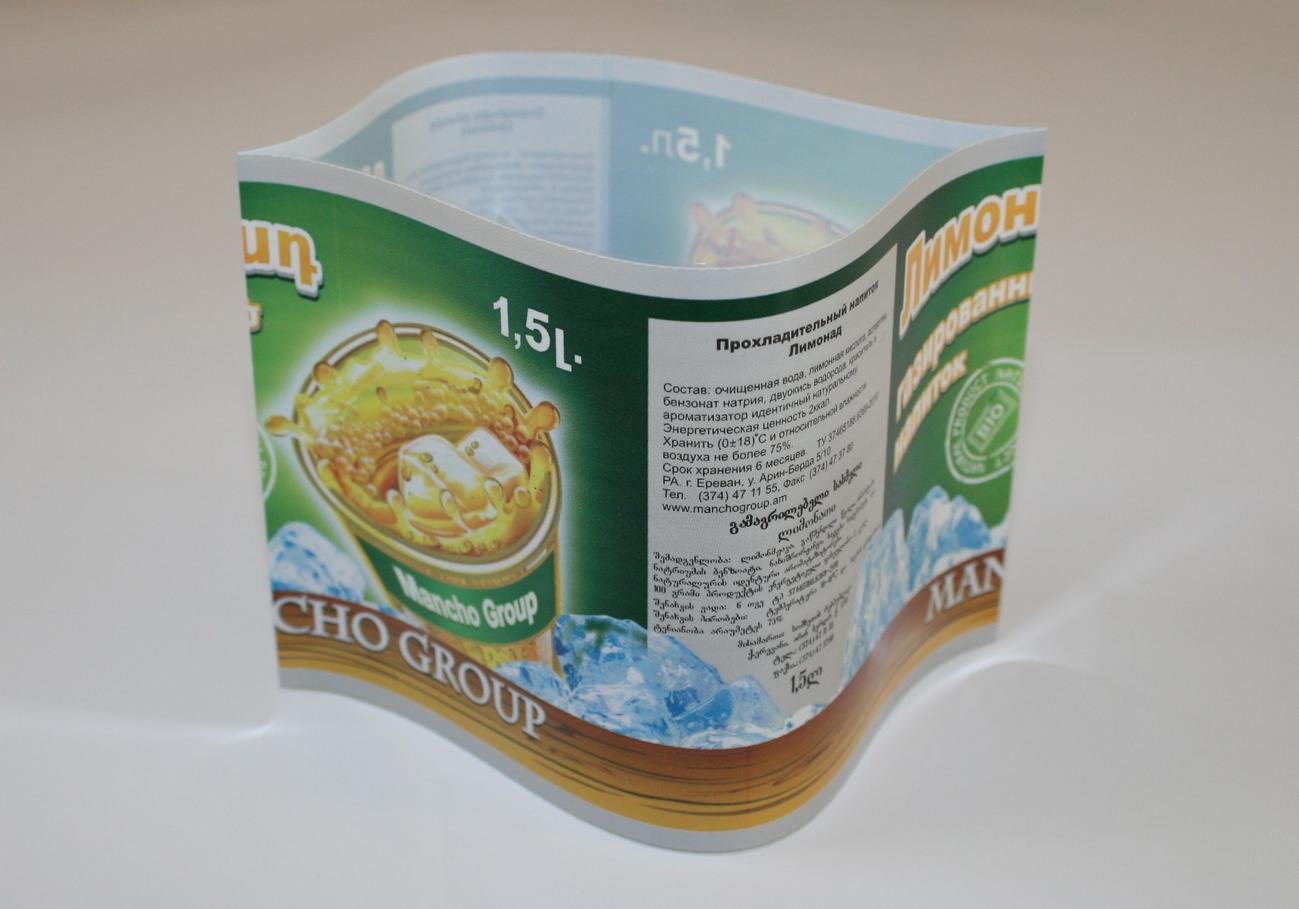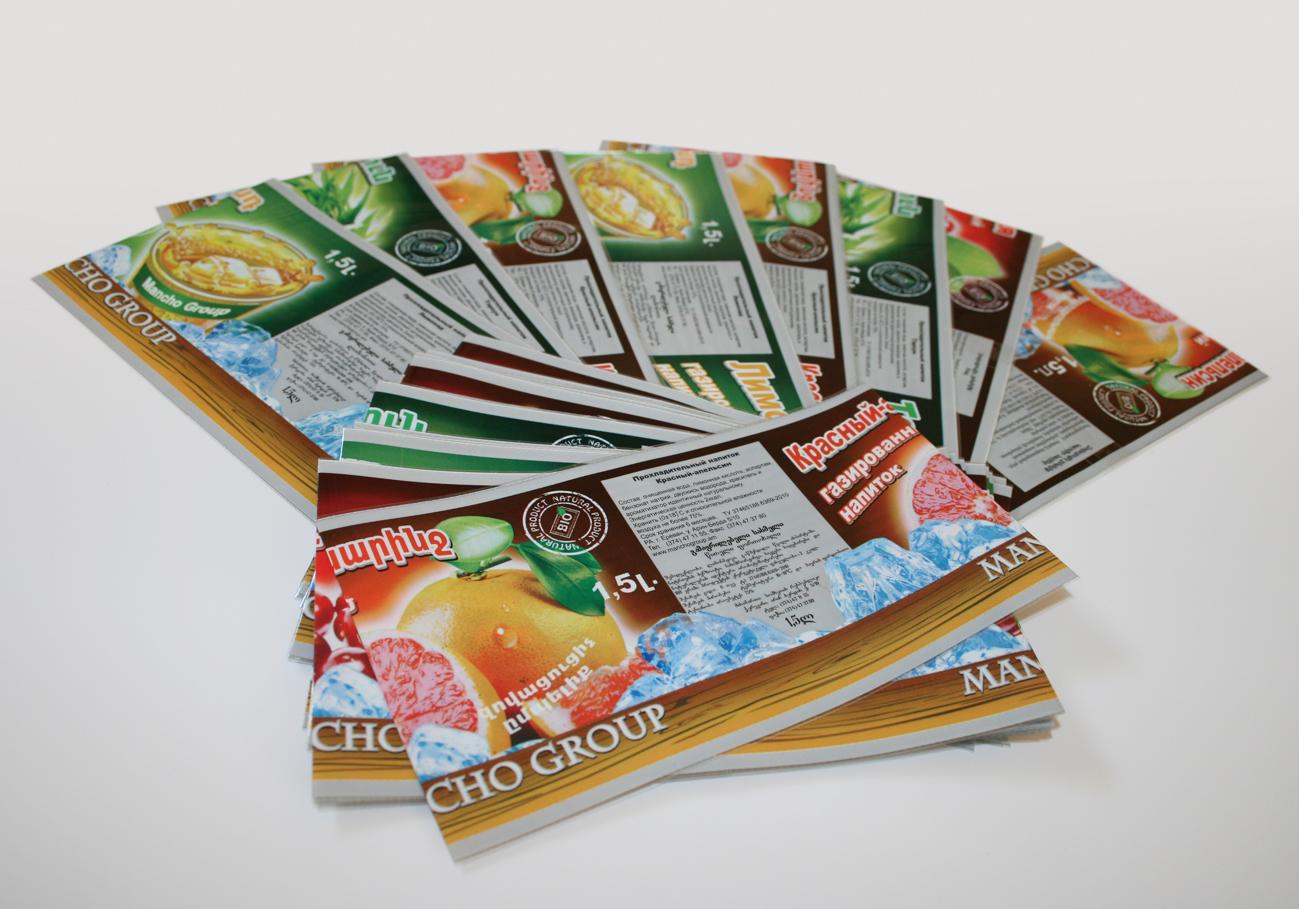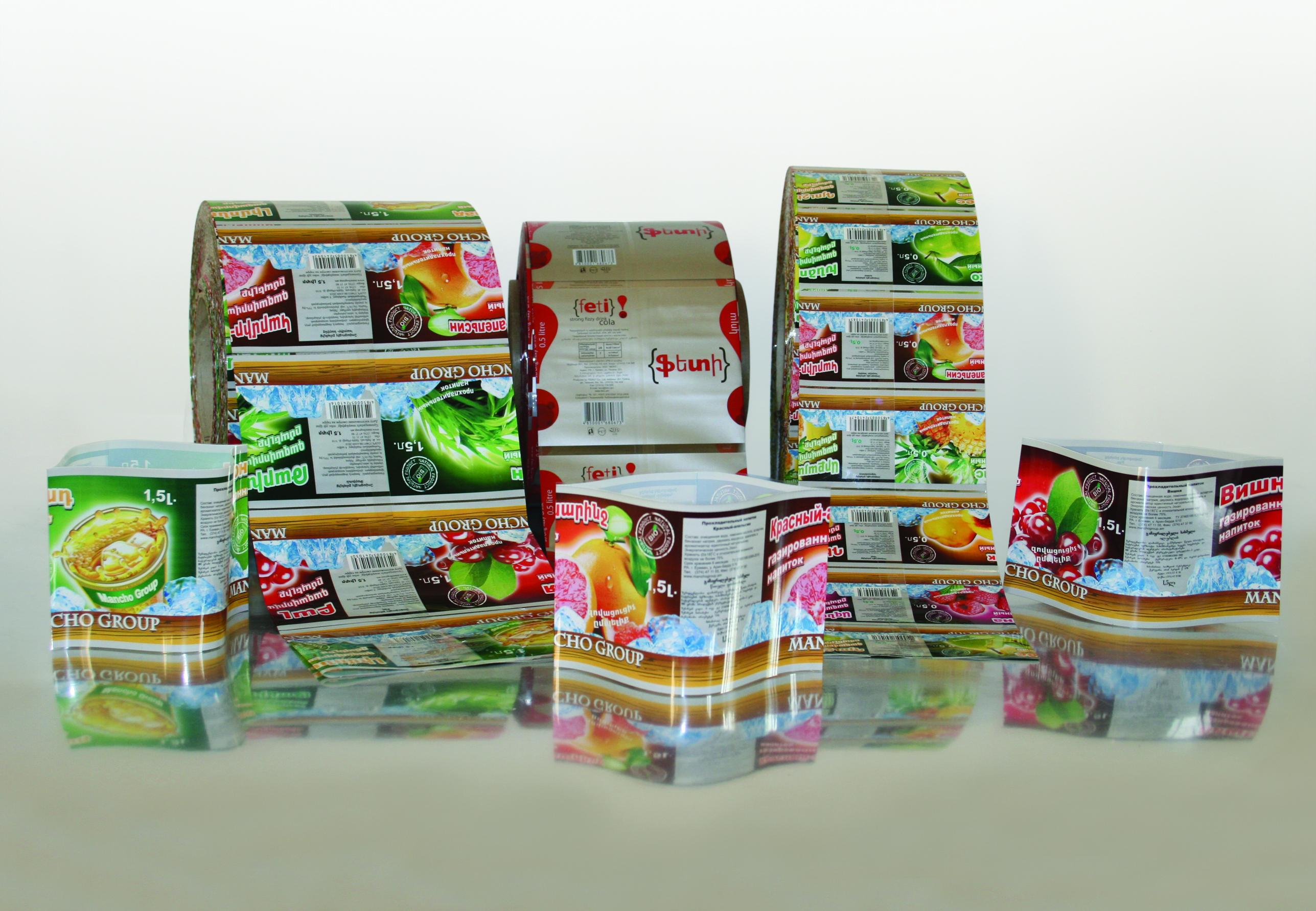
The VERO Code is the joint invention of two highly innovative individuals, Albert Taroyan and Alex Grigoryan, and two companies, AMPG Group and GAVR Group. It is one of our flagship projects. It is a unique and new security code architecture and tool that has earned a number of accolades over the last few years!
- 2013 – Finalist (Runners-up) Best Innovation, Vienna, Austria.
- 2014 – Winner of the Best New Innovation Award for VeroCode and Armenia’s Tax Stamps, Dubai, United Arab Emirates
- 2015 – Winner of the Best New Innovation Award for Tax Project, Miami, USA, VeroSeal platform (Protect more than 4 Billion unique products)

Track and trace system, based on VERO CODE technology. The system assigns each good a unique reference number based on high-level encryption, with the objective of avoiding repetition or detection. Code technology is aimed at providing secure product information and reducing complexities in the supply chain. The code can be applied either on the product or on the packaging through a security label. A secure server infrastructure enables online global verification, and several language options also allow for the system to be used worldwide. An “offline architecture” enables the authentication of a code to be carried out regardless of an internet connection, as inspectors can scan and save product codes to check them at a later stage. Product information can be obtained at any point of the supply chain, supporting the identification of counterfeit products and reducing possible fraud. The general public and consumers can authenticate the product through a smart phone application. An interface to the World Customs Organization is part of the system and the structure is consistent with GS1 standards.
VeroSeals which are customizable security labels that range from simple holographic seals to complex labels with different protection levels. After the printing and sequenced packaging stages, the labels are sent to the stakeholder responsible for distribution, which is then in charge of their delivery to production or importing facilities. Before shipping, details are inserted into a database for future reference and updates. When a given number of seals is provided to the customer, each label is set to identify a specific product unit from a specific product series.
VeroSeal enables strong and secure brand protection via its award-winning anti-counterfeiting technology. Optimized algorithm of decoding secures brands from counterfeiting of their products. Our algorithms of asymmetrical encryption used to ensure information fidelity and the methodology widely used in the US, EU, Russia and Asia. Plus, end-users are equipped with iOS/Android applications to verify the products by scanning and reporting to brands the validation status (authentic, counterfeit, or diverted).
- Code: Secure, Robust, Unbreakable
- Algos: Unique and Customisable
- T&T: Global Track & Trace System
- Apps: Easy Scanning and Feedback
- Seal: Basic, Nano, NFC, RFID, Custom






